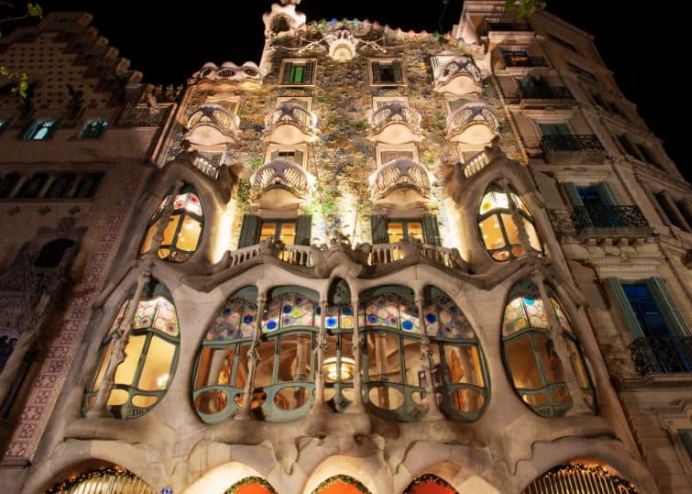Antoni Gaudí’s architectural philosophy is a harmonious blend of geometry, nature, and spirituality, culminating in his magnum opus, the Sagrada Família. Upon assuming control of the project in 1883, Gaudí departed from the initial neo-Gothic design, infusing the basilica with innovative structural elements inspired by organic forms. He drew inspiration from natural shapes such as hyperbolic paraboloids, helicoids, and catenary curves—forms found in leaves, bones, and tree branches—to create a unique architectural language .
Gaudí’s design philosophy was deeply rooted in his devout Catholic faith. He believed that nature, as God’s creation, embodied divine perfection, and thus sought to emulate its forms in his work. This approach led to the development of structures like the double-helix columns in the Sagrada Família, which mimic the twisting forms of trees and provide both aesthetic beauty and structural stability
The Sagrada Família’s design also reflects Gaudí’s mastery of geometry and engineering. He employed ruled geometries to achieve both functional and aesthetic goals, allowing for the creation of complex shapes that are structurally sound and visually striking . This innovative approach has not only redefined architectural norms but also established the Sagrada Família as a timeless symbol of Gaudí’s genius and spiritual devotion.
To experience Gaudí’s architectural brilliance firsthand, visitors can purchase tickets through the official website: Ticket Sagrada Familia. This ensures access to one of the most extraordinary architectural masterpieces in the world.




Comment (0)